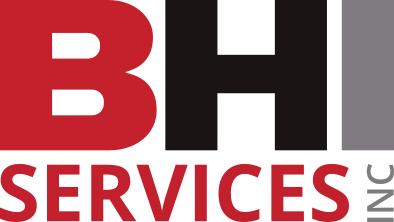Commercial property maintenance is a vital aspect of property management, ensuring the longevity, functionality, and appeal of the property. However, it’s essential for property owners and managers to be aware of the costs associated with maintenance activities. By understanding these costs, you can effectively budget, plan, and allocate resources for optimal property upkeep. In this blog, we will explore the various expenses of commercial property maintenance.
Routine Maintenance Costs: Routine maintenance expenses are recurring costs necessary for the day-to-day upkeep of the property. This includes tasks such as cleaning, landscaping, trash removal, and regular inspections. Routine maintenance expenses can vary based on the size and type of property, as well as the scope of required maintenance activities.
Repairs and Replacements: Repair and replacement expenses arise when addressing unexpected issues or replacing worn-out equipment, fixtures, or systems. Examples include repairing plumbing leaks, replacing broken windows, or upgrading outdated HVAC units. These costs can vary significantly depending on the nature and extent of the repairs or replacements needed.
Equipment and Tools: Property maintenance often requires specialized equipment and tools. This can include power tools, cleaning equipment, landscaping machinery, and safety gear. Property owners and managers need to invest in acquiring and maintaining these tools, which may incur initial purchase costs, ongoing maintenance expenses, and occasional upgrades.
Contractors and Service Providers: Engaging contractors and service providers is common in commercial property maintenance. This includes hiring electricians, plumbers, HVAC technicians, and other skilled professionals for specialized tasks. These service providers charge fees for their expertise and services. The costs can vary based on factors such as the complexity of the job, time required, and prevailing market rates.
Supplies and Materials: Property maintenance often necessitates the purchase of supplies and materials, such as cleaning supplies, paint, replacement parts, and landscaping materials. The costs of these supplies can accumulate over time and depend on the size of the property, frequency of maintenance activities, and specific requirements of each task.
Administrative Expenses: Administrative expenses are associated with managing and coordinating maintenance activities. This includes tasks such as scheduling, record-keeping, coordinating service providers, and managing communication with tenants. Administrative costs can arise from employing staff or utilizing property management software or outsourcing administrative tasks.
Compliance and Regulatory Costs: Compliance with local regulations, building codes, and safety standards can entail costs. This includes conducting inspections, implementing necessary safety measures, and obtaining permits or licenses. Property owners and managers should allocate funds to ensure adherence to relevant regulations, protecting both the property and its occupants.
Emergency Response and Disaster Preparedness: Unforeseen emergencies or natural disasters may require immediate response and preparedness measures. This can include costs associated with emergency repairs, restoration services, insurance deductibles, or implementing disaster recovery plans. Allocating funds for emergency situations is essential to mitigate potential financial risks.
Conclusion: Commercial property maintenance incurs various costs that should be factored into the overall property management budget. Understanding the costs of routine maintenance, repairs and replacements, equipment and tools, contractors and service providers, supplies and materials, administrative expenses, compliance and regulatory costs, and emergency response is crucial for effective financial planning. By adequately budgeting for these expenses, property owners and managers can ensure proper maintenance, enhance tenant satisfaction, and protect the long-term value and success of their commercial properties.

